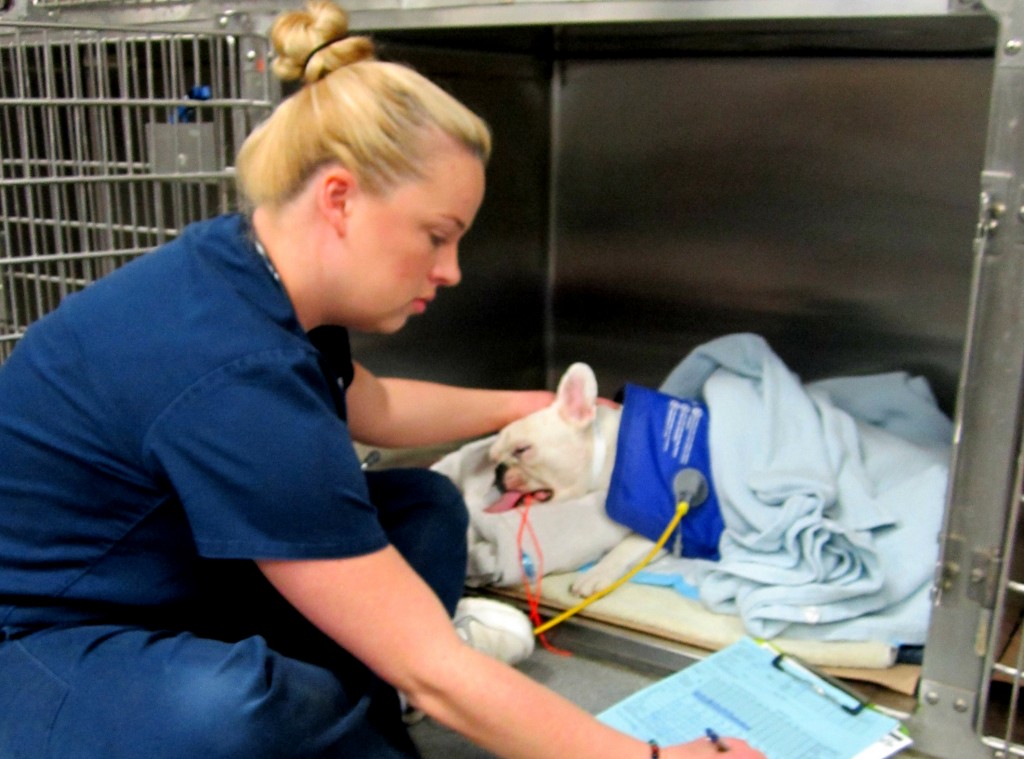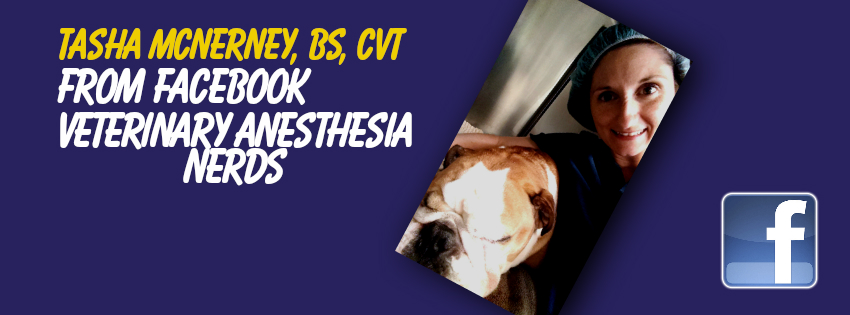Tasha McNerney BS, CVT
Brachycephalic syndrome refers to the combination of elongated soft palate, stenotic nares, and everted laryngeal saccules, all of which are commonly seen in these breeds. Because of these anatomical differences, brachycephalics often require extra time and care during and after their anesthetic event.
At our clinic, we have instituted what we call the “brachy bundle”. This bundle is added to the invoice of a brachycephalic patient and includes the following:
- Extended nursing care,
- A Cerenia (maropitant) SQ injection
- Extended oxygenation
Every surgical procedure receives an injection of an opioid pre-operatively and often post operatively to act as the cornerstone analgesic. A side effect of most opioids is vomiting and nausea, which can be even more detrimental in the brachycephalic patient as they have a higher incidence of vomiting and regurgitation simply based on their breed. To combat this a dose of Cerenia is given SQ as soon as possible. A 2012 study showed that maropitant prevents vomiting and nausea associated with hydromorphone injection. In the study, none of the dogs given maropitant vomited, retched or displayed signs of nausea. (Kraus, 2012)
Allowing the patient to sedate and recover in an oxygen rich environment will also benefit the brachycephalic patient. Oxygen therapy is beneficial prior to induction of anesthesia in animals that are at high risk for oxygen desaturation and when a difficult intubation is anticipated, such as brachycephalic breeds. Any animal with respiratory compromise may have a compromised FRC (Functional Residual Capacity) and benefit from preoxygenation.
It is also important to have a dedicated nurse observe the patient during the recovery period. Brachycephalic patients often require a longer recover period than other breeds due to their upper airway issues such as stenotic nares and an elongated soft palate. It is currently recommended to wait until the brachycephalic patient is fully awake and swallowing to remove the endotracheal tube, however some patients experience excitement and agitation from the ET tube. Work together with your team and doctors to determine the best extubation strategy for the individual patient. Brachycephalic patients should be recovered in sternal recumbancy with their head slightly elevated (see photo).
By adding a bit of technician time and care, you can make an anesthetic experience the best possible for your brachycephalic patients.
Use the following link to see the 2014 AAHA Guideline for Dogs and Cats.
*If any of this information was useful or you would like to see similar content, “LIKE” the Pet ED Veterinary Education and Training Resources Facebook page and subscribe on the HOME page of the PetED website to receive upcoming newsletters and news. If you feel friends or colleagues would benefit from or enjoy this article, feel free to share on YOUR Facebook page.


